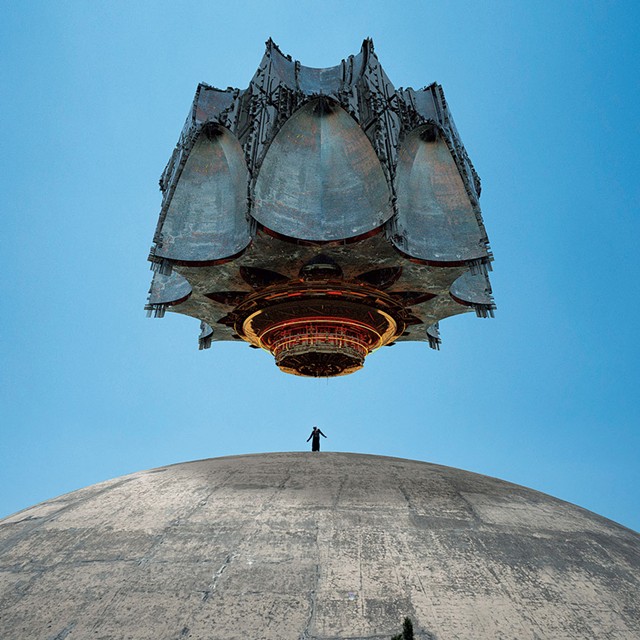
- Courtesy
- "Spacetime" by Saks Afridi, Narcy (Yassin Alsalman), Tamara Abdul Hadi and Roï Saade
Visitors should prepare to suspend disbelief, take a leap of faith and dive into time travel in "Saks Afridi: SpaceMosque" at the Brattleboro Museum & Art Center. They will find these mental gyrations worth the effort. The exhibition's photographs, mysterious objects, diagrams and text collectively document what might be considered a close encounter of a spiritual kind.
The body of work Afridi began in 2017 exists in a genre he has dubbed "Sci-Fi Sufism." It's about "discovering galaxies and worlds within yourself," he writes in an artist statement. "I try to visualize this search by fusing mysticism and storytelling."
According to Afridi's inspired tale, the so-called SpaceMosque appeared over Earth around the turn of the millennium, visiting from the future. Its mission was to grant people one prayer every 24 hours, though not all of them would be answered. The vessel was first spotted over Peshawar, Pakistan, yet everyone around the globe could see it simultaneously — if differently.
"The structure is a portal that appears in many iterations," explains New York-based guest curator Sadaf Padder in a gallery statement, "using a divine algorithm to adjust its appearance to each seeker." In other words, people saw the UFO in a form they were equipped to understand.
It's tempting to liken the vessel to some kind of galactic genie, if not a trickster bent on messing with Earthlings' heads. But the story is much more complex than that — an alliance of science fiction, religious belief and folklore, epistemology, and technology.
In Afridi's sci-fi fable, the SpaceMosque stayed for an unspecified length of time and then vanished, whisking away people's memory of it. Gallerygoers are bound to have many questions. For instance, from what point in the future did the SpaceMosque arrive? Are we in it now? And if, upon the vessel's departure, everyone forgot it existed, who is "remembering" it now?
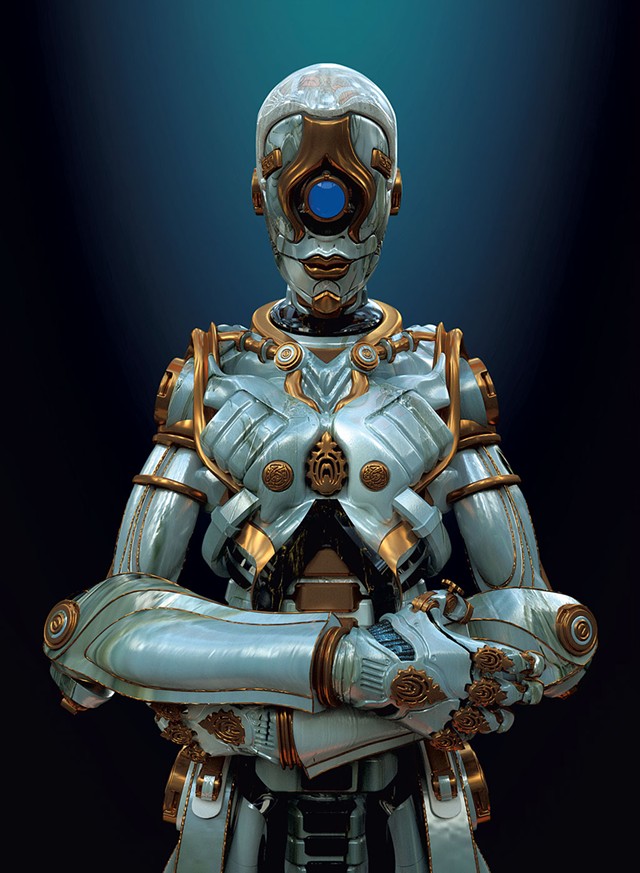
- Courtesy
- "Praying A.N.G.E.L.S." by Saks Afridi
The literal answer to that last question is Afridi himself. The artist illustrated his fantasy with photographs of the hovering craft in various guises, a detailed diagram of its interior — one chamber holds "Purified Prayer Release Channels" — and various "found" vessel artifacts. Oh, and there are images of robotic A.N.G.E.L.S.: Anthropomorphic Neo-Generative Energy Living Systems.
"Their sole purpose was prayer, which created energy that led directly into the spaceship's Will Engine," wall text sort of clarifies. "They say the power of a pure-intentioned prayer by an A.N.G.E.L.S. was estimated to be able to provide the electricity of a household for a lifetime."
Afridi's vision is rife with byzantine rabbit holes. Though the SpaceMosque idea came to him in an "aha moment," he said, the artist has continued to augment and fine-tune the story. This has led to the "discovery" of more vessel artifacts. Pictures as well as manufactured objects populate the exhibit, and they defy description.
"The Will Engine Component," for instance, is a small pagoda-esque structure fabricated with acrylic, brass leaf and paint and looks like it was snatched from a church altar or the starship Enterprise. Other mystifying artifacts are described as Prayer Receptors, Intention Processing Units or Prayer Capsules. "We believe these artifacts may have been dropped or left behind due to a glitch during the vessel's departure," wall text posits.
Afridi shares credit for these creations with a team of makers: "I often collaborate with painters, architects, artisans, fashion designers, 3D modelers and fabricators to bring my ideas to life," he writes. "I come to artmaking with a background in advertising; maybe that is why collaboration feels natural to me."
Born in Peshawar, Pakistan, in 1975, Afridi is the award-winning creative director of advertising firm Merkley + Partners in New York City. His career has had an international trajectory, which contributes, he said in a phone call, to his feeling of being an "insider/outsider" — that is, "achieving a sense of belonging while being out of place.
"I feel like a foreigner both here and in Pakistan, yet I'm the happiest in both places," Afridi said. An alien sensibility permeates his invented cosmology, and the artist's dual cultures inform his aesthetic. He described work that is not in the Brattleboro show: an "insider/outsider rug" on which classic Persian design motifs surround a UFO.
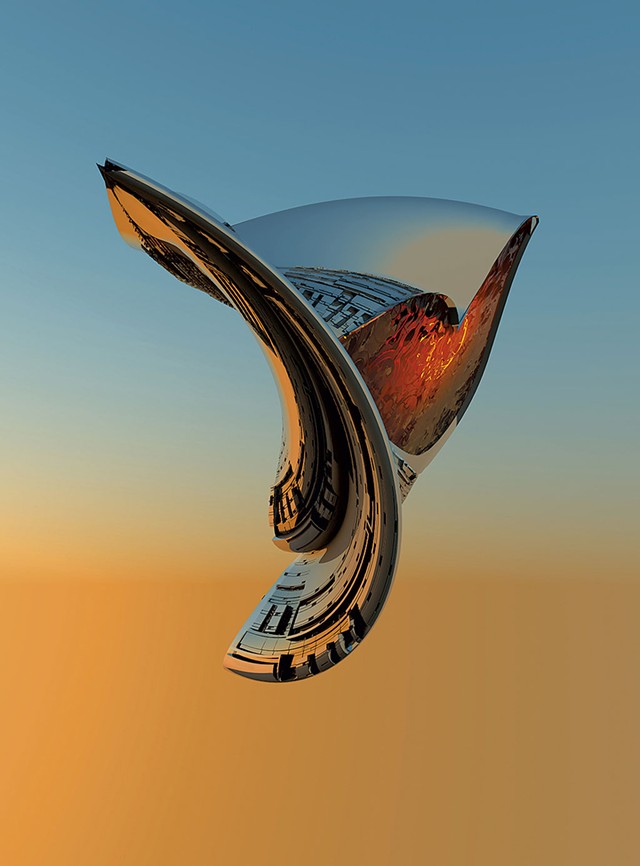
- Courtesy
- "Sighting #3" by Saks Afridi
Neither the curator nor artist specifically mention a South Asian parallel to Afrofuturism, but a comparison is apt. Padder, who has previously written about South Asian futurisms, suggests in her gallery statement that Afridi's work "expands our understanding of a progressive and often misrepresented religion." She elaborated in a phone call: "SpaceMosque appeals to sensibilities that feel global, transnational. There are certain signifiers of Islamic culture, especially in architecture and style," Padder said. "To me, that's what's exciting about this exhibit. The hope is finding connection in a story rooted in the artist's upbringing."
The SpaceMosque story continues to unfold, and in Afridi's unfettered imagination it will manifest in other mediums. He and a collaborator are working on a graphic novel. When he can find the time, he said, he'll work on a film or TV series. Hello, Netflix?
For now, Afridi invites visitors to his art show to think about what they would pray for, and asks: If all your prayers were answered, would it change the world, or just yours?
"I want viewers to kind of absorb that we are all collective human beings," he added, "and selfishness only gets you so far."

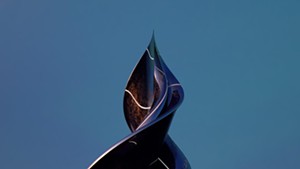






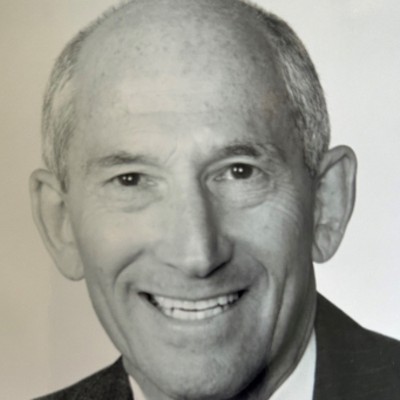
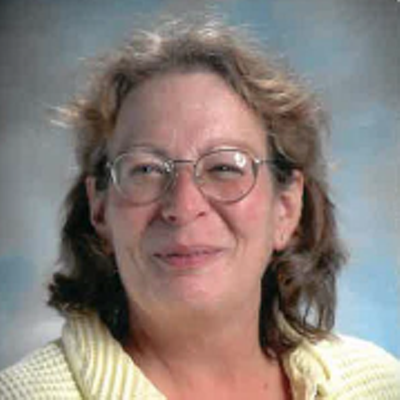
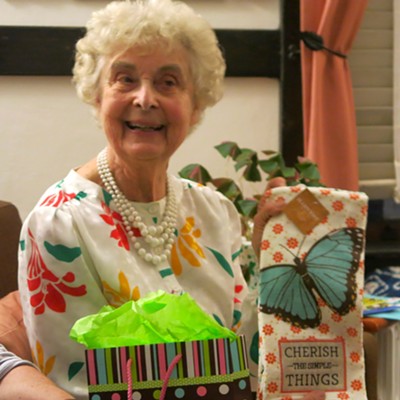
Comments
Comments are closed.
From 2014-2020, Seven Days allowed readers to comment on all stories posted on our website. While we've appreciated the suggestions and insights, right now Seven Days is prioritizing our core mission — producing high-quality, responsible local journalism — over moderating online debates between readers.
To criticize, correct or praise our reporting, please send us a letter to the editor or send us a tip. We’ll check it out and report the results.
Online comments may return when we have better tech tools for managing them. Thanks for reading.